
Projector screen keystone correction is a critical feature designed to adjust and correct the distorted, trapezoidal shape of an image projected onto a screen when the projector is not aligned perfectly perpendicular to the screen. In ideal conditions, a projector should be placed directly in front of the screen, at a right angle, to display a perfectly rectangular image. However, in real-world scenarios—due to space constraints, furniture placement, or installation limitations—projectors are often placed off-center, too high, or too low, resulting in an image that appears wider at the top or bottom (a trapezoid). Keystone correction addresses this issue by digitally or optically adjusting the image, restoring it to a proper rectangular shape for optimal viewing.
There are two primary types of keystone correction: digital and optical. Digital keystone correction works by manipulating the image pixels using the projector’s internal software. When the projector detects a trapezoidal distortion, it crops or stretches specific parts of the image to correct the shape. This method is convenient and widely available in most modern projectors, as it does not require any physical adjustments to the projector or screen. However, digital correction may slightly reduce the overall resolution or image quality, especially when the correction range is large, because it involves altering the original pixel arrangement.
Optical keystone correction, on the other hand, uses physical components within the projector—such as adjustable lenses or lens shift mechanisms—to correct the distortion. By shifting the lens horizontally or vertically, the projector can align the image with the screen without modifying the pixel structure. This method preserves the image’s original resolution and quality, making it ideal for applications where image clarity is paramount, such as professional presentations, home theaters, or educational settings. However, optical correction is often limited to a specific range and may not be available in all projector models, especially entry-level ones.
Keystone correction is essential in various environments. In home theaters, for instance, if a projector must be mounted on the ceiling (higher than the screen’s center) or placed on a low shelf (lower than the screen’s center), vertical keystone correction can adjust the image to avoid a “top-heavy” or “bottom-heavy” trapezoid. In classrooms, where projectors may be placed on a desk at the front of the room (off-center from the screen), horizontal keystone correction can fix the image’s width imbalance, ensuring that students at all corners of the room can see a clear, rectangular image. In conference rooms, this feature allows for flexible projector placement, as users do not need to spend time perfectly aligning the projector with the screen, saving setup time for meetings and presentations.
When using keystone correction, it is important to note the correction range specified by the projector manufacturer. Most projectors offer a vertical correction range of ±15 to ±30 degrees and a horizontal range of ±5 to ±15 degrees, though this can vary by model. Exceeding the recommended correction range may lead to significant image quality degradation, such as pixelation, blurriness, or uneven brightness. Additionally, users should prioritize proper projector placement whenever possible, as keystone correction is intended to be a solution for minor alignment issues rather than a replacement for optimal setup. Regular calibration of the projector’s keystone settings, along with adjusting the screen’s position (if possible), can further enhance the viewing experience and ensure consistent image quality.
Read recommendations:
HW45 Home Cinema - HW Series Projector
Types of Projector Screens
How Does a Projector Perform When Playing PPTs?
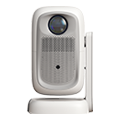
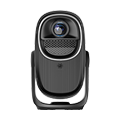



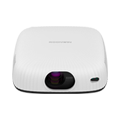
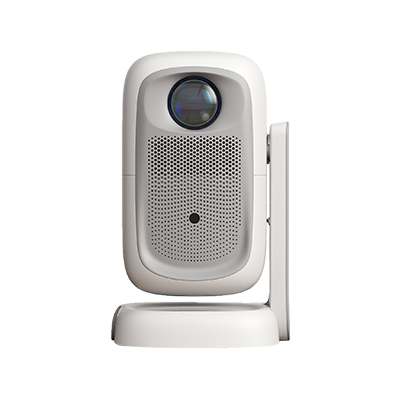
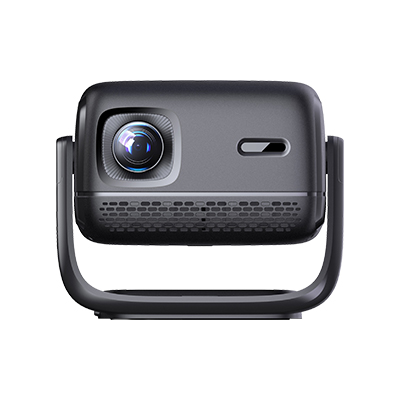
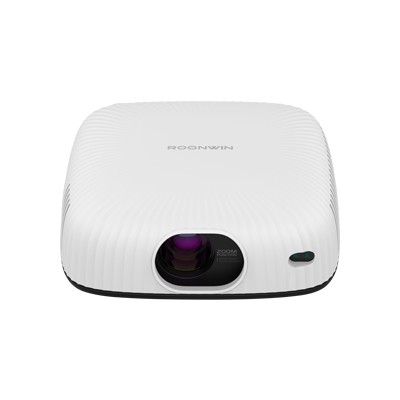









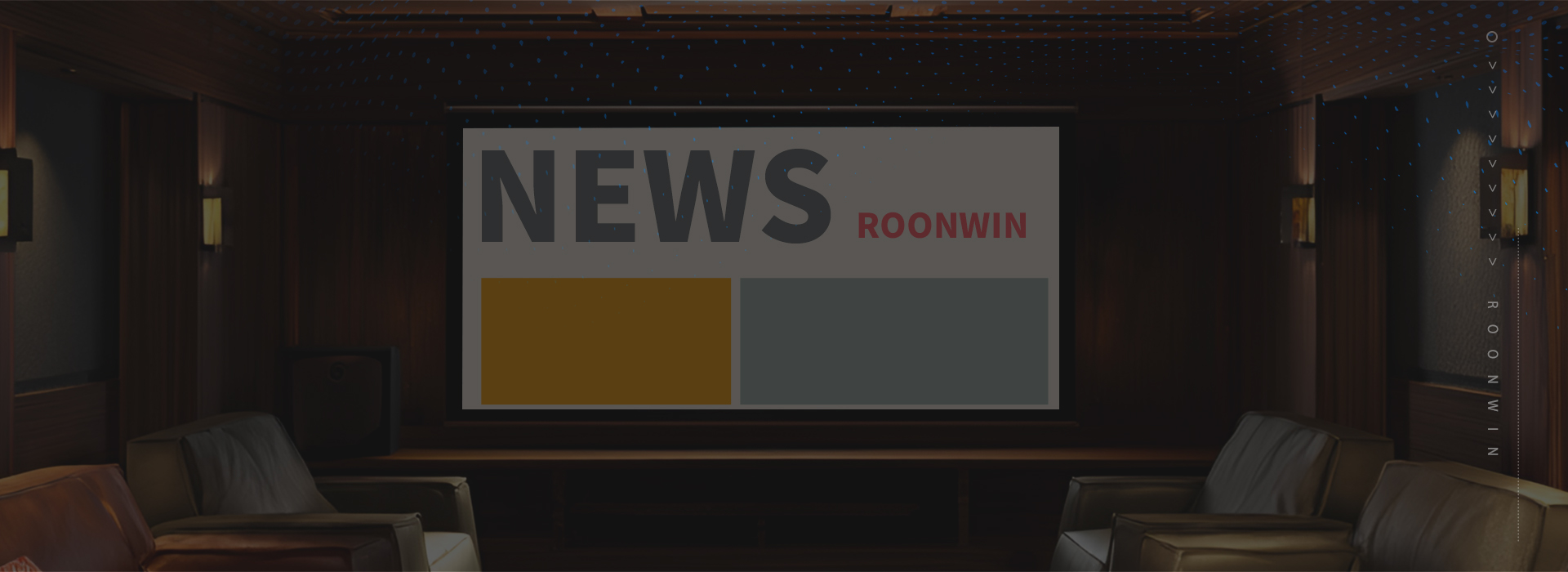
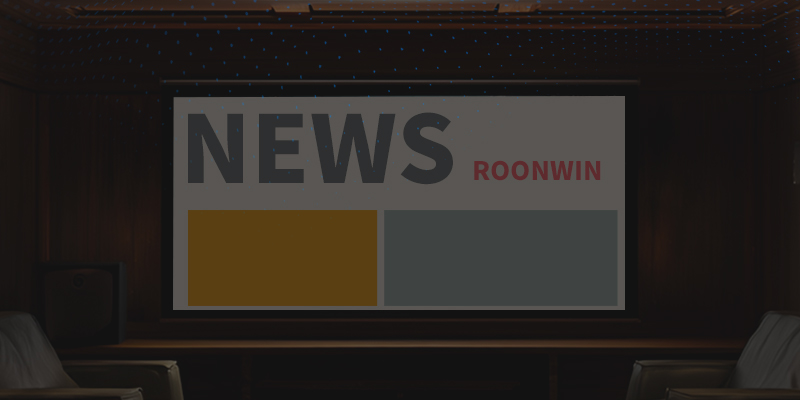
 Reviewed:
Reviewed:











